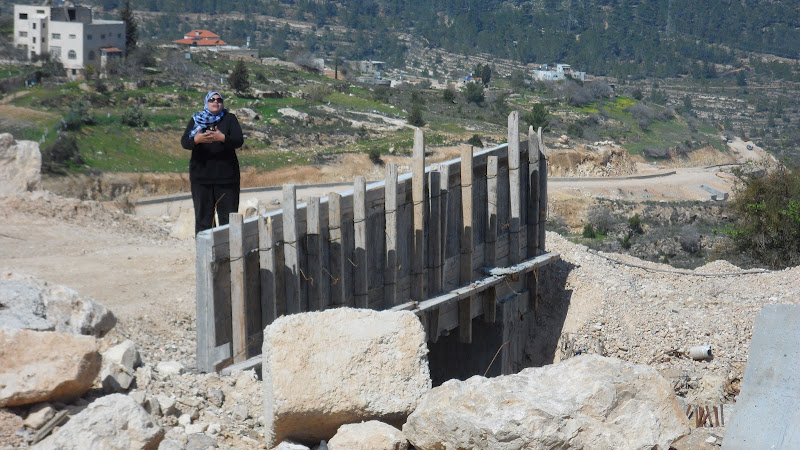Tag: Jerusalem
-
New military gate limits access to Beit Iksa land
12 March 2012 | WAFA News Agency A new military-controlled road gate the Israeli army had set up on Monday in the village of Beit Iksa, northwest of Jerusalem, raised concern of possible takeover of almost 2000 dunums of land as it limits access to agricultural land, according to residents. The soldiers also took over a…
-
Al Walaja: Tunneling to get home
by Ramon Garcia 8 March 2012 | International Solidarity Movement, West Bank Some Palestinians and Internationals gathered in the village of Al Walajeh on International Women’s Day to show solidarity to Omar and his family, especially his wife ,whose health has suffered from Israeli occupation in the small village. Sherinne Alaraj of the local…
-
Clashes and arrests in the town of Tur
by Asmaa Thaher 28 February 2012 | Jerusalem Center for Media Broke out this evening clashes in the town of Tur East Jerusalem and the occupation forces arrested two young men from the region. Our correspondent said that the clashes broke out near Al-Maqased hospital and Tur club down to the Sawwanah neighborhood crossroads. He…

